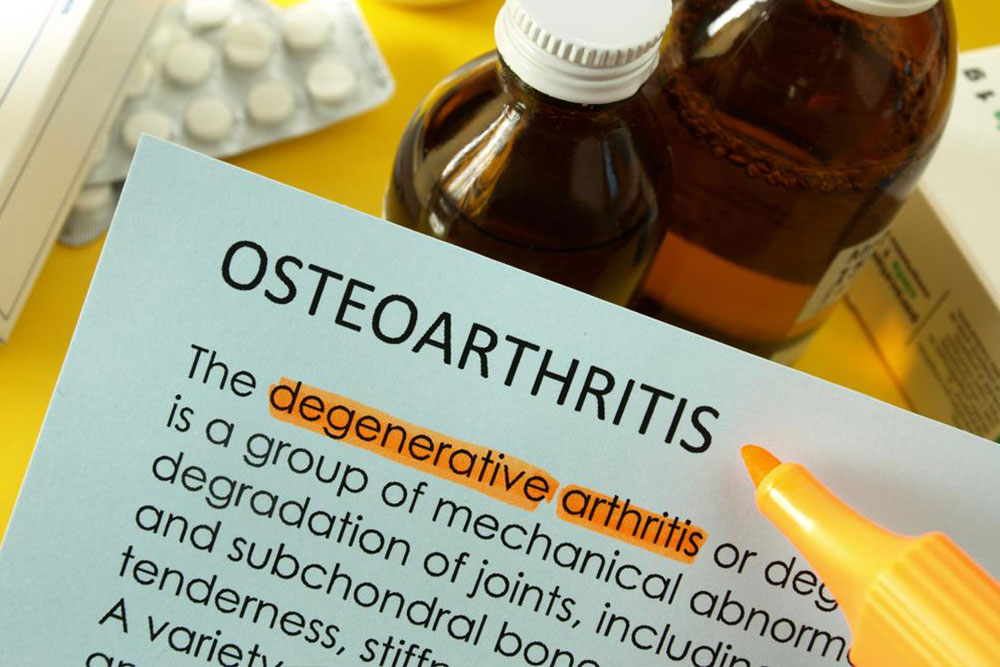Effective Strategies for Managing Peyronie's Disease
This article discusses effective management strategies for Peyronie's disease, emphasizing symptom management, various treatment options—including medications, non-invasive therapies, and lifestyle changes—and when surgical intervention may be necessary. Early diagnosis and proactive care can significantly improve quality of life for affected men.

Managing Peyronie's Disease: Treatment Approaches
Peyronie's disease involves the development of plaque within the penile tissue, causing curvature. Many affected men still engage in sexual activity, though some may experience discomfort or erectile issues. Early intervention is crucial for management. Consulting a healthcare professional is the first step if symptoms arise. A comprehensive exam, including measuring penile length and locating scar tissue, helps in diagnosis. Sometimes, imaging tests like X-rays are recommended. While there's no definitive cure, various treatments can alleviate symptoms and improve quality of life.
Since no guaranteed cure exists for Peyronie's disease, treatment focuses on managing symptoms. Mild cases may resolve naturally over time. Medical options include injections aimed at reducing tissue buildup, or surgical procedures in severe cases causing significant deformity or pain. Non-invasive methods such as shock wave therapy, penile traction devices, and vacuum therapy are also under investigation. Lifestyle modifications—like quitting smoking, limiting alcohol, avoiding illicit drugs, and regular exercise—are essential to support treatment effectiveness and prevent worsening symptoms.
Quit smoking: Eliminating smoking can enhance overall penile health and support treatment efficacy.
Limit alcohol intake: Reducing alcohol consumption helps prevent complications and promotes healing.
Avoid illegal drugs: Illegal performance-enhancing drugs can worsen erectile and structural issues.
Stay active: Regular physical activity boosts immunity and aids recovery.
If symptoms persist despite conservative measures, surgical intervention may be necessary, especially in cases of significant deformity. Most individuals experience improvement over time with proper management.









